Old Lincoln Highway in Omaha
A brick-paved former section of the historic coast-to-coast highway.
In 1913, the landscape of motor vehicle travel in the US was improved by a major development: the opening of the Lincoln Highway, running from coast to coast, connecting New York’s Times Square to San Francisco’s Lincoln Park.
The transcontinental highway spanned across numerous states, running for more than 3300 miles. It is still a major roadway today, and many routes have been altered and modernized over the years.
But in Nebraska, a three-mile stretch of the highway between Omaha and Elkhorn remains exactly as it was a century ago, formerly complete with the same bumps and waves lining the brick-paved road but now flat concrete. The section was paved with a lower layer of concrete and a top surface of bricks as part of a surface improvement project in 1920.
This sector no longer serves as a crucial road link but it is the longest remaining original brick-paved part of the country’s first coast-to-coast highway, and due to its significance, it was added to the National Register of Historic Places.
In recent times, markers and commemorative plaques have been been erected along the stretch and efforts have been made to keep it closed seasonally for its protection. A drive on the road is promoted as an experience of an era gone by.
Know Before You Go
The route begins by exiting I-480 at Dodge Street and following it westward, past when it becomes West Dodge Road. The actual route is Douglas St. from the river west to 18th or 24th (depending on the year). South to Farnam St. West on Farnam St. to 40th St. North on 40th to Dodge St. West to 78th St. North to West Dodge Rd. West on West Dodge Road to 180th. North to the longest stretch of original Lincoln Highway bricks in the country.
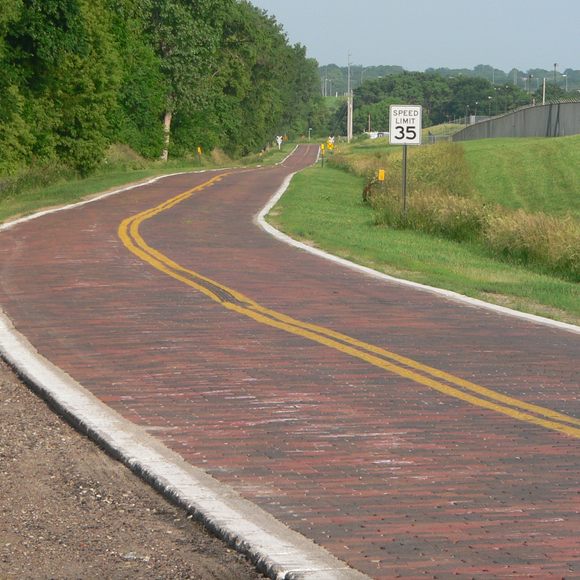


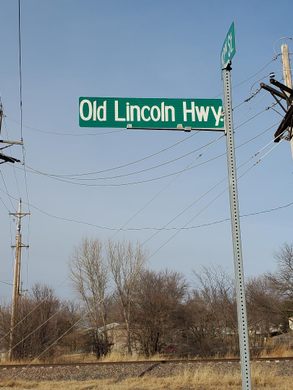
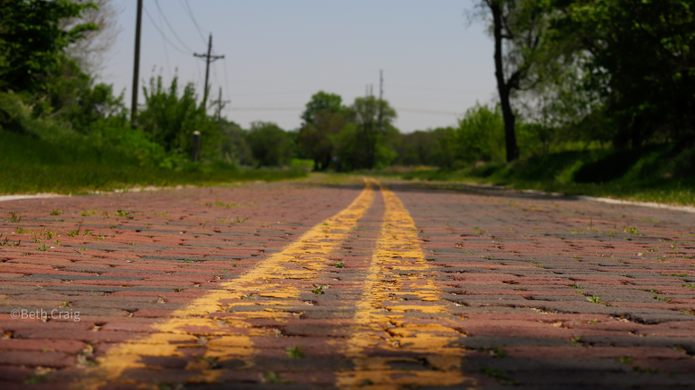
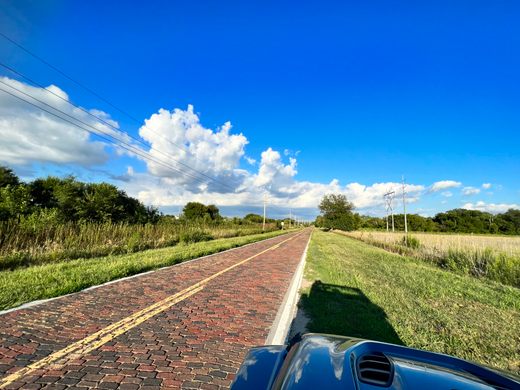

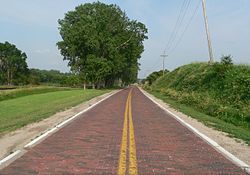
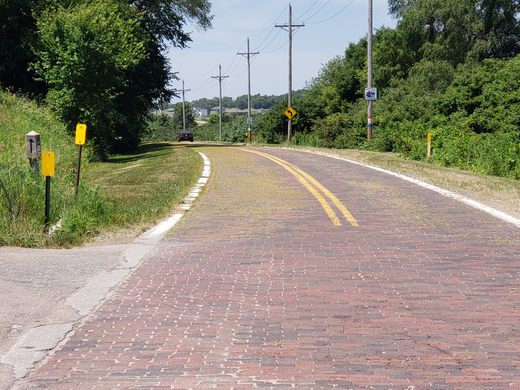
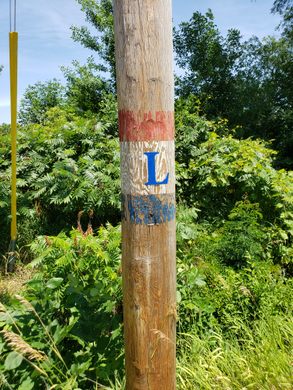
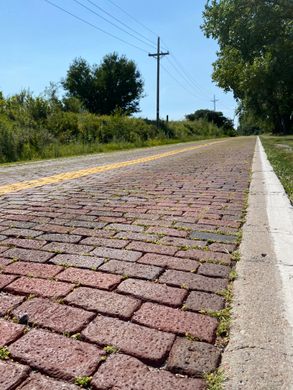
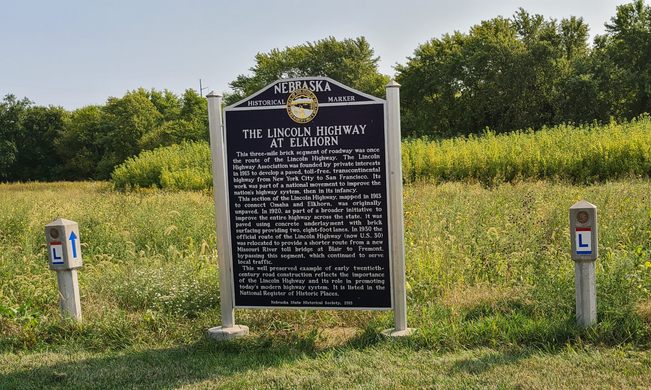
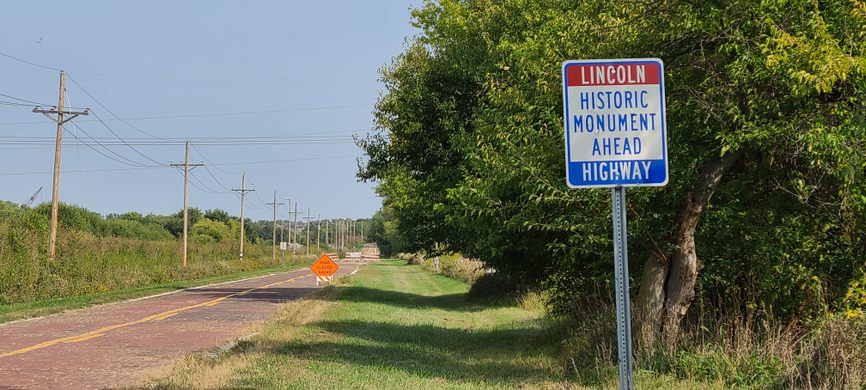
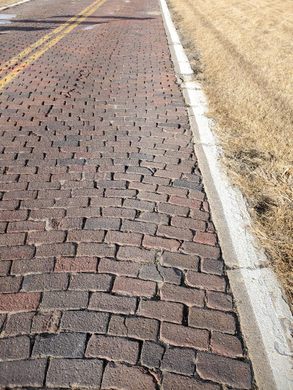
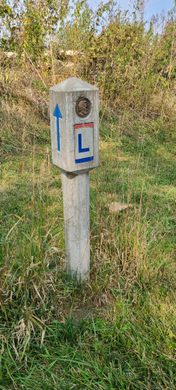







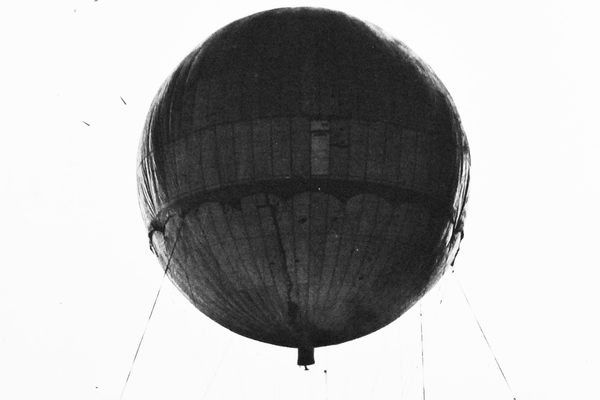
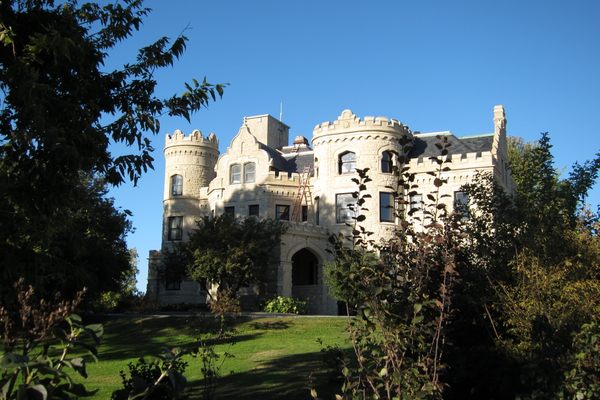
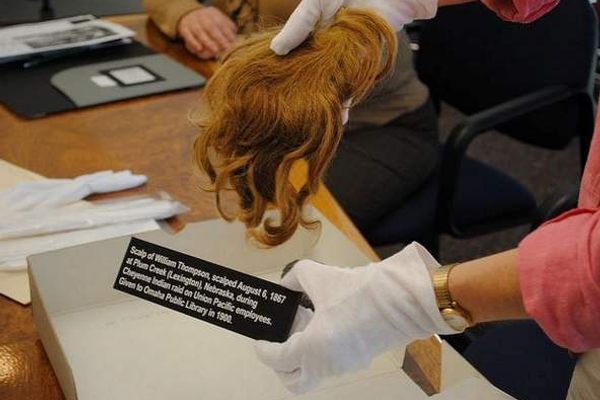

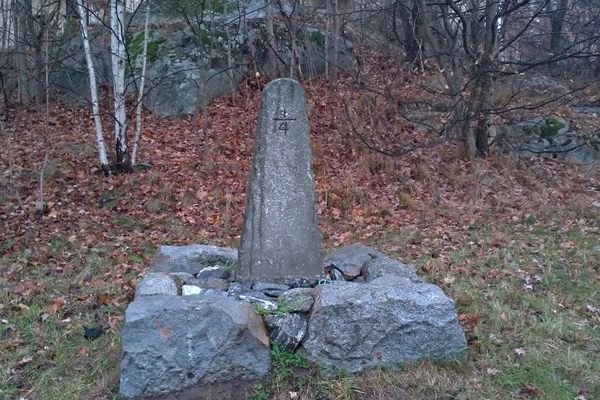

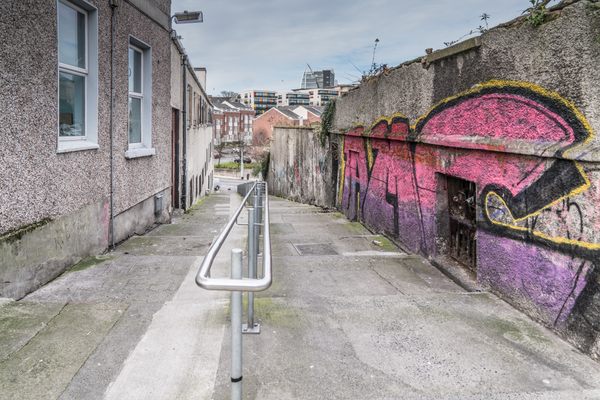

Follow us on Twitter to get the latest on the world's hidden wonders.
Like us on Facebook to get the latest on the world's hidden wonders.
Follow us on Twitter Like us on Facebook